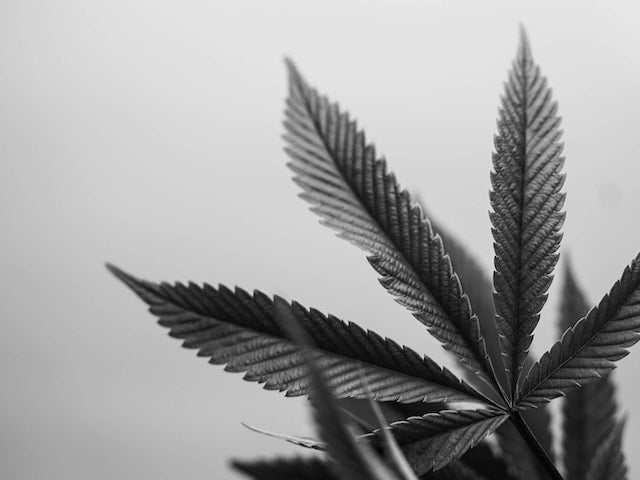Your cart is currently empty.

Some people love the dank aroma, the one that smells like a combination of dirt, gasoline, skunk and cheese. For some, the strange smell of cannabis is enough to alleviate stress and bring on feelings of relaxation, even if they don’t bother consuming the stuff after sniffing.

However, for most cannabis users — especially new cannabis users — the odor of weed is more likely to be off-putting, which is totally understandable given its odd combination of notes. It is possible to appreciate the effects of cannabis without craving its scent, and many weed beginners look for ways to use the sticky green herb without overwhelming themselves with its iconic aroma. To that end, here are some tricks for creating weed edibles at home without stinking up your dish (or your kitchen).
Use Processed Cannabis Products
By far, the easiest way to eliminate the unwelcome cannabis flavor — and the easiest way to cook with cannabinoids at home — is to use cannabis products that have already gone through some refinement process. Cannabis manufacturers have better equipment to filter out the unwanted junk, like the vegetable fiber, and to deliver only the compounds that you want in your cooking. For example, CBD products like CBD oil or tincture can have isolated CBD, which means there aren’t any terpenes leftover to taint your food and drink.
Don’t Make Edibles With Trim
There are plenty of online guides that advocate using a less expensive cannabis product, like trim, to make edibles at home. Trim is the extra stuff off the cannabis plant, like sugar leaves and too-small buds, which can contain some cannabinoids though not use much as flower. While trim can save you a few pennies at the dispensary, it isn’t as potent as flower and it tends to have more of the icky weed flavors. If you can’t stand edibles with the intense cannabis smell, you should cook with high-quality flower instead of trim.
Wash Your Weed First
Sometimes, bad flavors and aromas aren’t coming from the weed itself but from the stuff that is on the weed. Different cannabis growers use different methods to raise their crop; some liberally apply fertilizers, pesticides and other compounds, which can coat leaves and buds. It is a good idea to give your cannabis a rinse with warm water before you include it in any recipes, to be sure you aren’t mixing anything else into your edible to compromise its taste.
Strain, Strain and Strain Some More

Most edible recipes require infusing cannabis in alcohol or oil, which involves suspending cannabis flower (or trim) in the alcohol or oil for some amount of time. Yet, after the infusion process is over and before you can use your oil or tincture in your cooking, you need to strain out all the spent plant material. It might be tempting to get out all the big stuff and call it quits, but you should consider continuing to strain three or four times, increasing the layers of cheese cloth every time. This will filter out the smallest plant particles, which would otherwise give a foul flavor to your infusion.
Watch Your Heat
When you make edibles, heat is not your friend. High temperatures cause cannabinoids to decay, reducing their potency. If you expose your cannabis to temperatures higher than about 330 degrees Fahrenheit, you are risking a negative impact on the effects of your edibles, but you will still get all the unwanted flavor of weed. Until you feel more comfortable cooking at lower temperatures, you might try no-cook edible recipes, like smoothies and salads.
Watch Your Fat
You don’t want all the fat you add to your edible dish to be infused with cannabis. Doing so might seem like a good way to get a full dose of the cannabinoids you crave, but it will also radically increase the cannabis flavor in your finished dish. Instead, you should try to create a concentrated fat, which has higher doses of cannabis compounds, and which can be mixed with a fresh, un-infused fat when you get to cooking. Then, the dose of cannabinoids is the same but the cannabis flavor is all but absent.
Sometimes, a subtle cannabis flavor can add something special to an otherwise boring dish — but a mouthful of dirt-gasoline-skunk flavors will never be palatable. With the above tips, you should be able to keep your kitchen stink-free and your edibles delectably edible.



